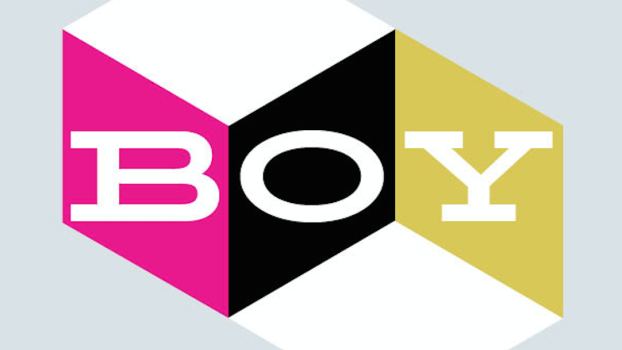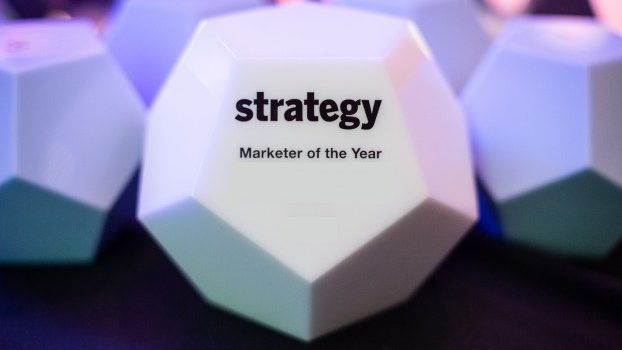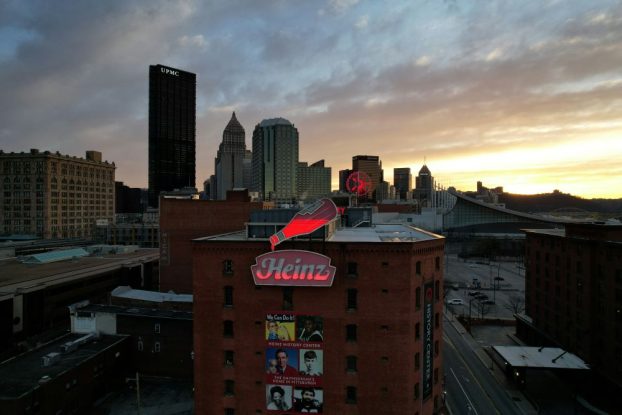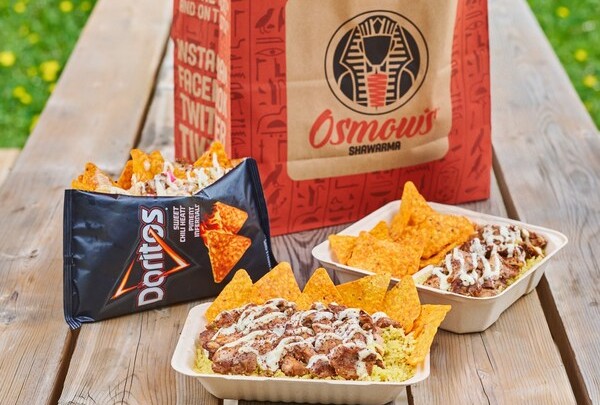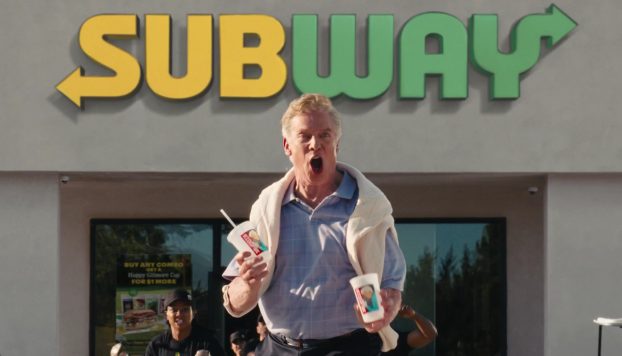Photograph by Greg Durrell
MEC has undergone a transformation over the last two years.
For one, the acronym now stands for Mountain Equipment Company, rather than Mountain Equipment Co-op, a change brought on when the brand name, its assets and store leases were purchased by Kingswood Capital Management, an American private investment firm in October 2020.
Then there’s the logo, a throwback to its original mountain peaks design crafted in 1971 – an evolution that many loyal outdoor enthusiasts appreciated.
With 21 retail stores operating across Canada, VP of marketing Michele Guimond is welcoming shoppers back to the in-store experience MEC is known for by tapping into nostalgia. The brand recently launched a limited-edition capsule which featured modern twists on iconic gear, reminding consumers of adventurous milestone moments while outfitted by their go-to brand.
With 15 years of experience and a knack for heading up teams who drive growth, Guimond is no stranger to retail marketing and an outdoor lifestyle. The Vancouver resident’s CV includes marketing positions with Aritzia, Arc’teryx and VSSL before she joined MEC in her current role in June 2021.
Here, she updates strategy on consumer reaction to MEC’s rebrand, why other companies are following suit on its sustainability strategies and her advice for getting the most out of high-performing teams.
MEC has rebranded as Mountain Equipment Company and adopted an updated logo. How do these changes reflect where the brand is now, and how has the evolution been received by consumers?
The new design, which is a modern but familiar take on the much-loved original peaks icon, is more than a logo. It represents the future of the company and a commitment to our core values: providing the best technical outdoor gear, offering expert advice and helping to build communities that love the outdoors. The mission hasn’t changed, but how we tackle it changes all the time.
Since the rebrand, we’ve seen a stronger resonance with new customers who more easily recognize us as an outdoor brand. Meanwhile, our internal teams are re-focused back on products and experiences. We are, and will continue to be, a brand of the outdoors – it’s what feels the most authentic to us.
 MEC’s retail stores are experiential-focused. What adaptations were made to meet consumer needs during the pandemic, and how has MEC been enticing and welcoming people back into stores as we shift out of the pandemic?
MEC’s retail stores are experiential-focused. What adaptations were made to meet consumer needs during the pandemic, and how has MEC been enticing and welcoming people back into stores as we shift out of the pandemic?
Like all retailers, MEC committed to ensuring the safety of frontline staff and members during the pandemic. We also took great leaps in our omnichannel strategy, providing members with integrated shopping experiences between our physical stores and online.
MEC has 50 years of stores acting as community hubs and places where members go to get trusted advice alongside technical gear. When the restrictions were lifted, we noticed an immediate increase in store traffic. Even we were surprised by how enthusiastic our members were to return to in-person experiences.
This year, we started to host in-store events again. In April, over 300 people came to our Vancouver store to meet rock climber Tommy Caldwell. Tickets sold out in less than 12 hours. It was the first-ever event in our beautiful flagship location, which opened just before the pandemic outbreak, and it was a pretty emotional experience for us all.
We also ran a series of Pride climb events across the country in collaboration with Arc’teryx and local LGBTQ2S+ groups. Our mission continues to be to inspire more people to be active outdoors. This follows through to the communities we support and the partnerships we build, which are heavily focused on increasing equity in the outdoor space.
The company is leaning on merging nostalgia with modernism, evident in the evolved logo and limited-edition product reissues. Can you speak to the research and significance as to why this felt right for the brand?
The symbolism and significance of the original mountain logo was a consistent message we received from both members and staff. It was critical for us to ground the brand in its core values while appreciating the past and looking to the future.
Many long-time MEC fans (myself included) recall the day in 2013 when MEC transitioned from the beloved peak design to the more ubiquitous square. The decision was divisive, and over the past eight years, the message from the MEC community was clear: bring back the peaks. For those who grew up with the original peaks, fond memories and feelings of nostalgia were attached to first school bags, first backpacking trips and first camping experiences. The peaks were worn like a badge. For those who didn’t grow up with it, and for markets where we’re not as well known in the east, the square’s ubiquity made recognizing that we are an outdoor store very challenging.
MEC’s sustainability and progress missions include transparency, as outlined in the brand’s listed goals and status checks that let consumers know how close it is to reaching them. Why was it important to be so honest with consumers?
We are very transparent on both the good and the bad in the industry, and what we’re doing about it. The sustainability section of our website is packed with information on the environmental impact of our products and packaging, as well as social impact in our supply chain. Earlier this year we released our Sustainability Progress Report, which tracked our goals, from the parts we were ahead of the curve to where we came up short.
Navigating the world of sustainability can be complicated and confusing, and we want to be as clear as possible so consumers can make informed decisions about what they’re buying.
By being transparent about what we’re doing, we’re also pushing other brands to be transparent and improve what they’re doing. When we switched to sushi-roll packaging instead of plastic, other brands followed suit. After we published our supplier list, we could then collaborate with other brands to invest collectively in factories and improve worker well-being.
We also genuinely want to see change happen in the industry and educating our customers so that they demand change too is a really effective way to bring that about. You can only do this if you’re honest and upfront.



